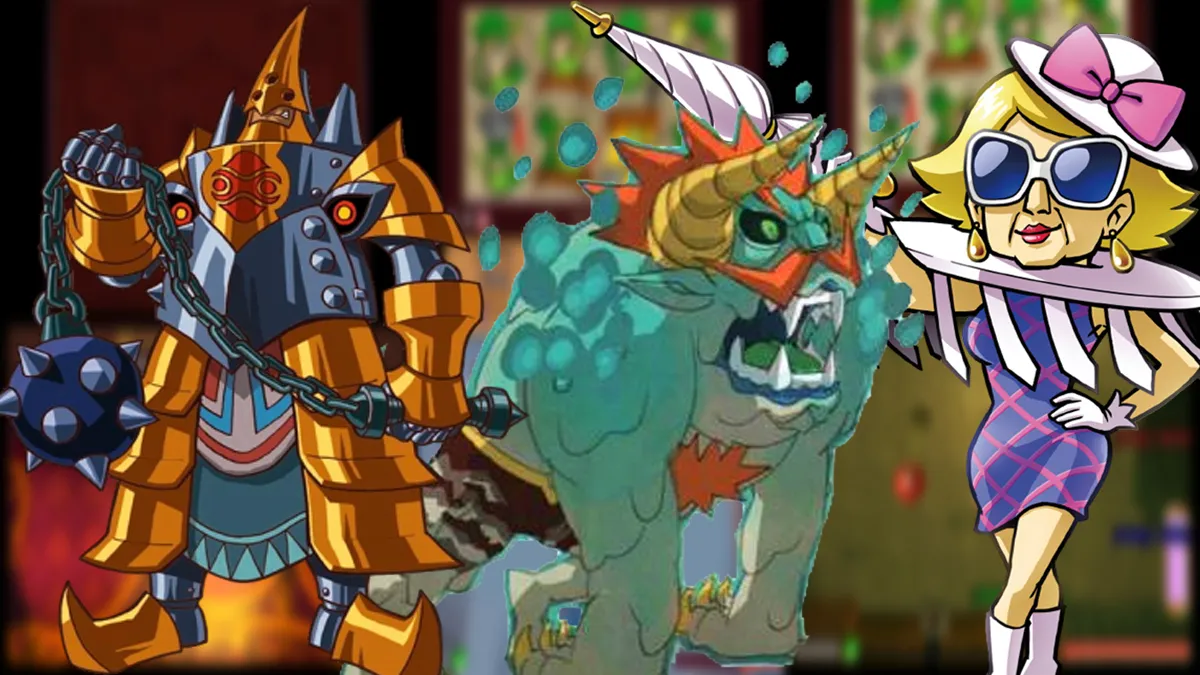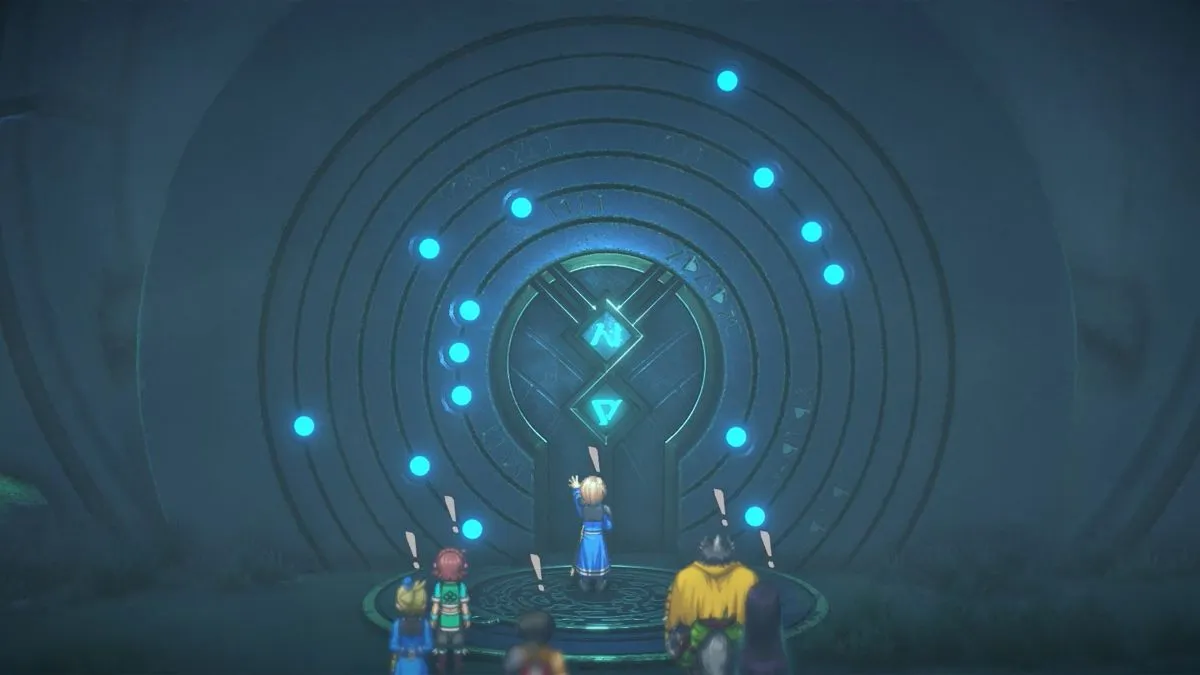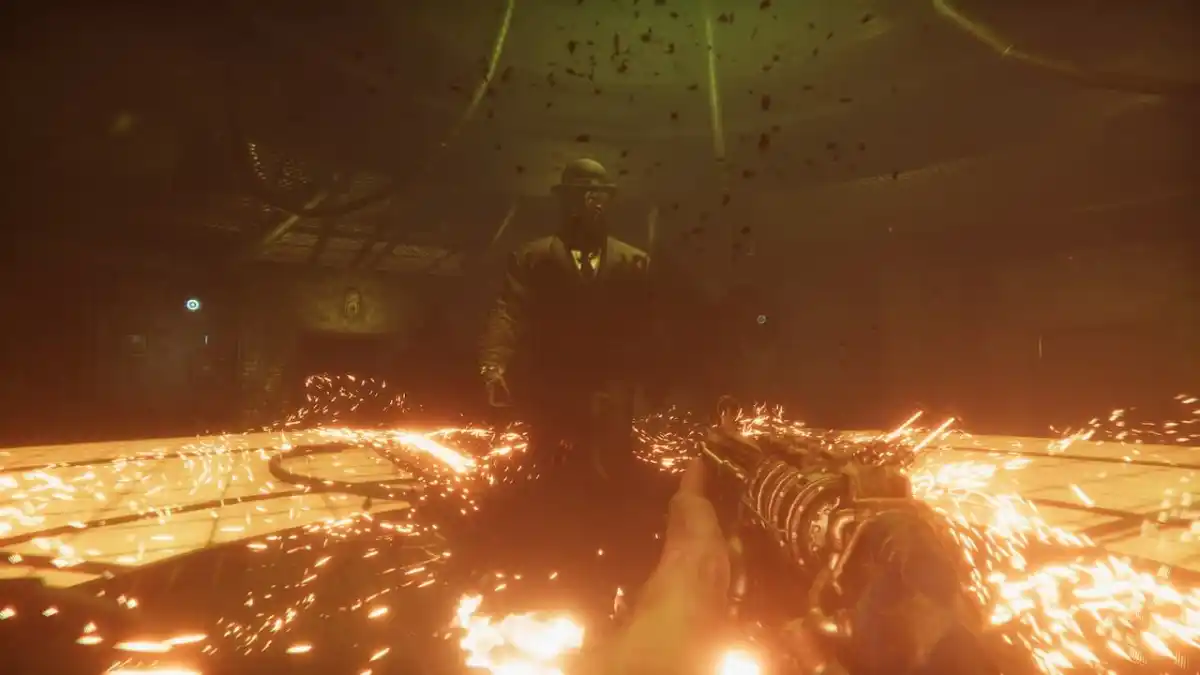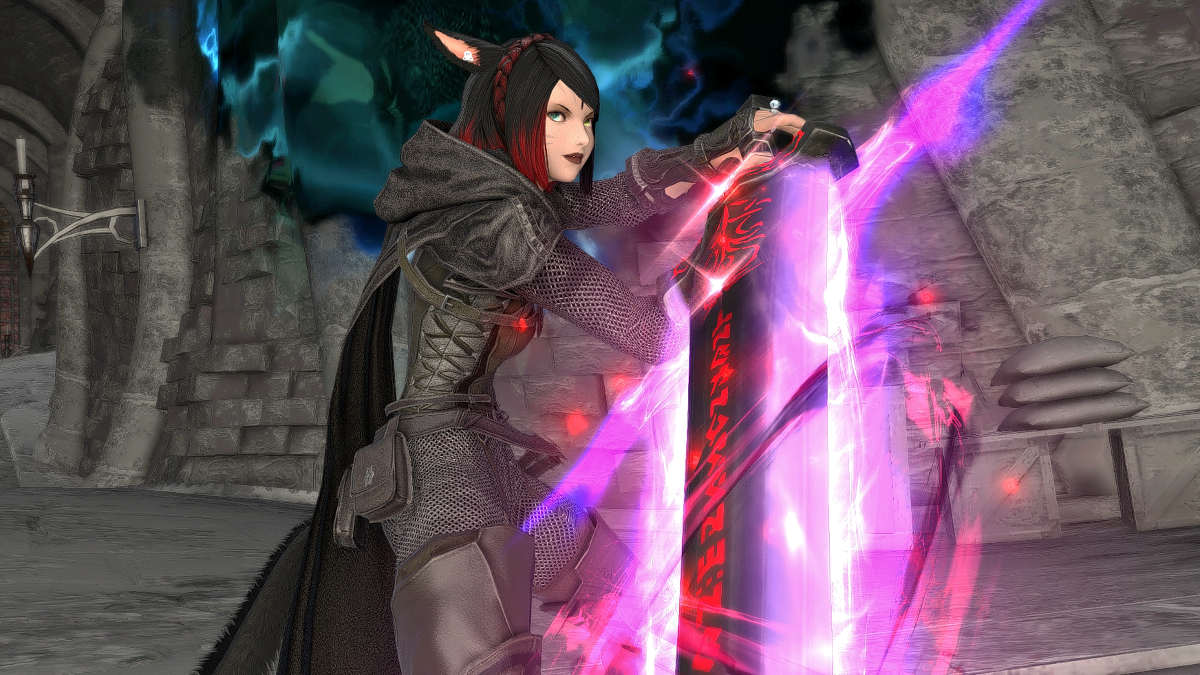Because not every main villain needs an encore
In just a few days, millions of Switch owners will finally get their hands on The Legend of Zelda: Tears of the Kingdom. As the direct sequel to the biggest Zelda game of all time, expectations are high. Previews have been positive, and as we count down the hours to when Tears of the Kingdom will finally be playable, I’ve been spending my hours thinking back to all the games that have come before it. I’ve been with the series since the beginning, starting way back on the NES. I was killing moblins before I knew how to tie my shoes. This series has been a part of my life for more than 30 years, and it’s unlikely that’ll change in the future.
While much of my reminiscing over the past few weeks has been fawning over those warm memories of finally beating Zelda II or setting sail in The Wind Waker, I’ve also looked back on those villains who were a one-and-done challenge for the sword-swinging elf boy. When most people think of the Zelda series, they think of Ganon and Ganondorf as the main antagonists for Link and the Princess.
But they’ve had other villains, some more memorable than the others. Because fighting the same big baddie over and over again can get a little dull, I want to raise a glass to those ne’er-do-wells who helped break up the monotony with their moment in the limelight. So step aside Ganon, Ganondorf, Vaati, and all their variations (yes, I’m including Demise here) because this article is for the one-hit wonders.
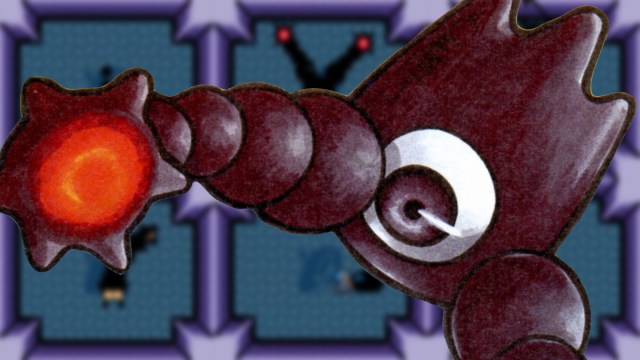
Shadow Nightmare – The Legend of Zelda: Link’s Awakening
I never appreciated the Shadow Nightmare until I got around to playing the Link’s Awakening remake on Nintendo Switch. When I first played Link’s Awakening DX 15+ years ago, I thought it was a fairly unimpressive final big boss for an otherwise wonderful adventure. In hindsight, I consider it a masterful inclusion, one that fits in so well with the truth behind the game. Koholint Island isn’t a real place. It only exists in the mind of a sleeping, shipwrecked Link.
The entirety of this game is Link’s subconscious attacking him to prevent their manifested world from disappearing. So it makes absolute sense that this creature, one born directly out of our hero in the Switch remake, would take the form of enemies he’s faced in the past. The final battle with Shadow Nightmare has Link fighting versions of Ganon, Zol, and A Link to the Past’s Agahnim. Even its final form, Dethl, is an amalgamation of creatures this version of Link fought in his previous exploits. Some might argue that’s a stretch, but I can see how the unconscious mind could get to Dethl from Trinexx and Vitreous.
Either way, Shadow Nightmare fits the theme of Link’s Awakening to a T. So here’s to this thematically accurate villain.
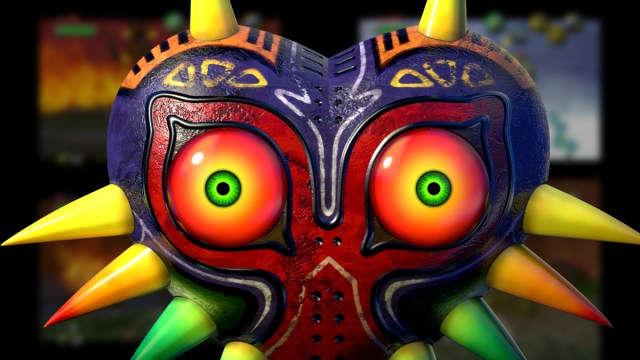
Majora’s Mask – The Legend of Zelda: Majora’s Mask
Arguably the most-impactful one-and-done villain on the list, Majora’s Mask is an absolute masterclass of a final boss battle. Fitting in with the overall weird sensation that permeates the game (remember the aliens?), Link’s battle with this sentient, evil mask takes place inside the moon he worked so damn hard to keep from crashing into the world.
There is something quite ominous about that lone tree in the middle of the grassy field surrounded by those creepy Moon Children. Fighting the mask, as well as its four boss remains’ masks, is a twirling test of your auto-lock capabilities, but when Majora’s Mask sprouts arms, legs, and a creepy third eye, the encounter enters its own personal realm of strange. This battle is straight-up bonkers, and the eerie high-pitched squeal it emits when you hit it is deeply unsettling. Its final form, Majora’s Wrath, is the stuff nightmares are made of. Majora’s Mask remains the weirdest Legend of Zelda game to date, and this boss battle is a big reason why.
Some people say Strange Nintendo is the Best Nintendo, and it’s hard to argue there’s a stranger main antagonist from the series than Majora. So here’s to the freakiest final boss battle in Zelda history.

General Onox and Veran – The Legend of Zelda: Oracle of Seasons/Oracle of Ages
It’s a shame Flagship ain’t out here making more top-down Zelda games. Its time with the franchise produced a trio of outstanding adventures, including Oracle of Seasons, Oracle of Ages, and The Minish Cap. While the latter expanded on the origins of the villain Vaati—who first appeared in Four Swords—the Oracle games opted to introduce two new villains to Link’s rogue’s gallery: General Onox and Veran. Onox is the big bad of Seasons, looking like an Iron Knuckle who stomps and swings his way through his encounter with Link. Hit him enough times, and he’ll transform into his true form of a massive bone dragon from the Dark Realm.
The demon fairy Veran is the main antagonist of Oracle of Ages. Armed with the power of possession, Link’s bout with her pits him against a fireball-spitting Queen Ambi before facing her metamorphosing true form. Even with its simple 8-bit graphics, I got legitimately creeped out the first time I fought the Spider-Veran.
While they made great villains for their individual games, anyone who’s linked Seasons and Ages knows the ultimate antagonist of this adventure are Twinrova and Ganon. Still, they proved worthy of helming two games in desperate need of a Grezzo-developed remake. I had hoped one of them would have appeared in Hyrule Warriors, but it wasn’t meant to be. So here’s to the villains who deserve a second chance.

Bellum and Malladus – The Legend of Zelda: Phantom Hourglass/Spirit Tracks
Phantom Hourglass and Spirit Tracks can get a lot of flack for Nintendo’s decision to make both games touch-screen controlled affairs, but I’d wager these are two of the better Zelda games Nintendo has produced. Sure, the Temple of the Ocean King in Phantom Hourglass is a real mood-killer, and the game doesn’t introduce any new items, but players were rewarded for all their hard work with an outstanding final boss battle against the squid-like Bellum.
Across its three phases, Bellum challenges players to use every skill they’ve learned playing through the game, from touch-screen combat to sailing to two-screen focus. It’s an outstanding cinematic achievement for the Nintendo DS, something that’s equally true for the final encounter of its sequel. Like with Bellum, the fight with Malladus at the end of Spirit Tracks tests players’ mettle with segments dedicated to conducting the train, controlling Zelda’s spirit form, and ultimately touch-screen combat. Moreso than any other Zelda game, Phantom Hourglass and Spirit Tracks are two titles designed to train players for their final conflicts. For that alone, they should be remembered and appreciated far more than they are.
Unlike other games in the series, I’m not sure if there’s any sort of crusade brewing for either of these games to get remade on modern consoles. I’d love to see it—Spirit Tracks in particular—but I’ll be holding onto my DS copies just in case these two titles are destined to be relegated to the past. So here’s to the final boss battles we may never experience again.

Hilda and Yuga – The Legend of Zelda: A Link Between Worlds
Like with many Zelda games, A Link Between Worlds has an underling who’s central to the story, putting in the work at the behest of the malevolent force they wish to revive and restore to their former glory. In The Legend of Zelda: Spirit Tracks, it’s Chancellor Cole. In the linked versions of the Oracle games, it’s Kotake and Koume. In A Link Between Worlds, players are led to believe that Yuga is at the center of the conflict.
Once you reach the climax of the narrative, you discover it was Princess Hilda, the Lorulean counterpart to Princess Zelda, who was pulling the strings all along. She set this conflict into motion, sending Yuga to kidnap Zelda and the sages. While the events of the game might be her doing, Yuga ultimately reveals himself to be disobedient to Hilda, casting her into a painting before facing off with Link for one final battle. While Yuga meets a similar fate to the rest of the antagonists on this list, Hilda earns herself a happy ending with a little help from Ravio, the shopkeeper Lorulean counterpart to Link.
Truthfully, I couldn’t pick which of these two should make the list, so I decided to include them both.
Whatever your thoughts on A Link Between Worlds, I think we all can agree that Nintendo shouldn’t have been able to get away with the name Lorule. So here’s to the final bosses that are an absolute 6.5 out of 10.
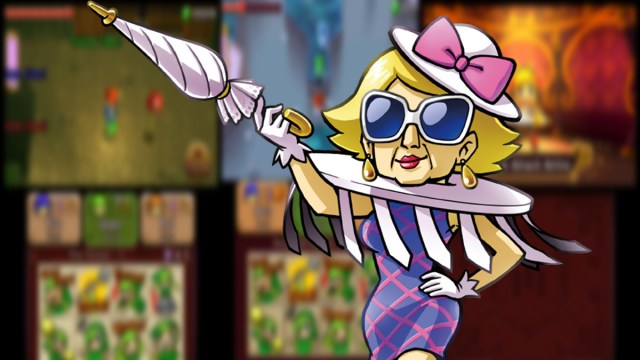
Lady Maud – The Legend of Zelda: Tri Force Heroes
If Majora’s Mask is the weirdest Zelda game to date, Tri Force Heroes is the oddest. Here is a multiplayer-focused adventure featuring three versions of Link, who set out in the world of Hytopia to save Princess Styla from a life of drab fashion. Nothing in that sentence makes any sense, and yet this is a real game made by Nintendo for the Nintendo 3DS. People paid up to and including $40 to have Link settle a fashion crisis. It’s incredibly odd, but with its focus on couture, it’s an incredibly good-natured game… as long as you don’t try to beat it by yourself.
At the end of the Links’ quest is Lady Maud, a witch of the Drablands. Everything I know about Lady Maud comes from watching videos of her battle on YouTube because, to be honest, I still haven’t faced her myself. The few times I took Tri Force Heroes online stuck me with griefers that ultimately convinced me to give up trying. I’d love to see this thing through to the end, but I’m not sure how likely that is, given the state of the Nintendo 3DS.
Honestly, I would love to see the costume element of Tri Force Heroes find its way into another Zelda adventure—as long as it’s a viable single-player outing. So here’s to the final boss I still have yet to battle because I can’t find anyone to play Tri Force Heroes with (and playing it solo is too damn tedious).
I am 100% on board with the return of a yoked Ganondorf in The Legend of Zelda: Tears of the Kingdom. And while I don’t know for sure what the future holds for this series, I hope Nintendo will continue to experiment with new main antagonists for Link to fight. Even if they’re consigned to whatever smaller Zelda games get made between the big, tentpole entries in the series.

